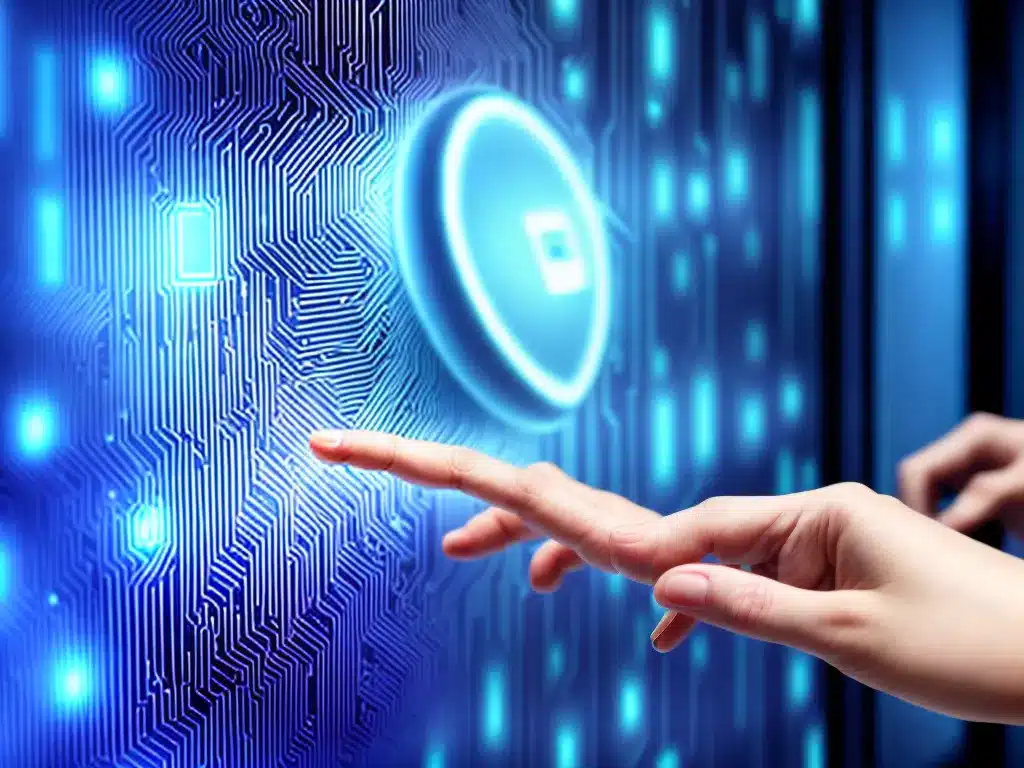
How Secure Is Biometric Authentication Really?
What is Biometric Authentication?
Biometric authentication is a security process that relies on the unique biological characteristics of individuals to verify their identity. It measures a person’s distinct physical or behavioral traits such as fingerprints, facial patterns, voice, iris scans, etc. to provide access to devices, systems, services, and facilities.
Biometric authentication offers some key benefits compared to traditional authentication methods that rely on passwords or PINs:
-
Convenience: Users don’t need to remember passwords or carry ID cards. Their physical characteristics serve as credentials.
-
Accuracy: Biometrics provide a more reliable way to confirm identities compared to passwords that can be forgotten, shared, or stolen.
-
Difficult to replicate: It is almost impossible to replicate or steal someone’s biological traits like fingerprints or iris patterns. This makes biometrics resistant to spoofing attacks.
Some common types of biometric authentication systems include:
-
Fingerprint scanning – Analyzes the unique patterns, loops, and arches in a person’s fingerprints.
-
Facial recognition – Matches facial features extracted from a digital image or video source against stored templates.
-
Iris scanning – Captures unique iris patterns using high-resolution cameras.
-
Voice recognition – Matches voice samples based on tonal quality, pitch, cadence, and frequency.
-
Vein recognition – Scans vein patterns in the palms or fingers which are complex and unique to each individual.
How Secure Are Biometrics Really?
Biometric authentication is often touted as a highly secure mechanism to verify a person’s identity and restrict access to authorized individuals only. However, no security system is completely foolproof. There are some vulnerabilities and risks associated with biometric systems as well:
Susceptibility to Spoofing
Most biometric systems can be susceptible to spoofing attacks to a certain degree where an attacker duplicates or imitates a person’s biometric traits. For instance, high-resolution printed fingerprints, voice recordings, and photo prints of faces can potentially trick some biometric sensors. Liveness detection and multi-factor authentication help curb spoofing risks.
Irrevocability of Biometrics
A significant drawback is that biometric credentials cannot be changed unlike passwords in case of a major security breach. Once attackers gain access to user biometric data, it remains compromised for life. Proper encryption and tokenized storage somewhat mitigate this risk.
Data Privacy Concerns
Centralized storage of sensitive biometric information raises privacy issues. There are concerns regarding unregulated use of personal data, surveillance, tracking of activities, etc. Strict data protection regulations that limit access and prevent misuse are essential.
Vulnerabilities in Biometric Systems
Software bugs, unpatched exploits, malware attacks on the backend biometric systems can allow adversaries to infiltrate networks, modify databases, or steal user information. Continuous monitoring, updates, and redundancy limit these cybersecurity risks.
Lack of Consistency in Biometric Data
There can be variations in a person’s biometric data due to ageing, temporary injuries, illnesses etc. Many biometric systems have an allowable threshold for such changes so that authorized users are not locked out of their accounts.
Is Biometric Authentication Considered Secure Overall?
Despite some drawbacks, biometric authentication is regarded as one of the most robust security mechanisms compared to traditional methods like passwords, PINs, or security questions. When deployed with competent safeguards, biometrics significantly enhance the trustworthiness of person recognition and access control systems.
No single biometric modality provides complete accuracy or security on its own. Multimodal biometric systems that fuse two or more identifiers like fingerprints, iris, face, and voice are considered among the most secure authentication setups. They eliminate many of the vulnerabilities found in unimodal systems.
Implementing liveness detection, updating algorithms to counter spoofing, irrevocable encryption of biometric templates, stringent access controls, and data regulation are some of the ways biometric security can be strengthened.
Adopting biometrics for low-risk verifications while relying on additional factors like OTPs, smart cards, or tokens for high-security applications provides a layered defense. With proper precautions and continued innovation in the field, biometric authentication offers a convenient and reliable way to establish and confirm digital identities.












